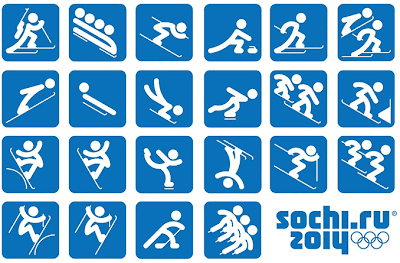The third Asia-Pacific Outgames in Darwin
But then athletes wouldn’t have a medal quest to pursue if there weren’t any medals! So today I’m looking at some of the medals themselves. In an article last summer I mentioned Canadian artist Corrine Hunt designed both the 2010 Vancouver Winter Olympic medals and the 2011 North America (Vancouver
Until then, here is some information about the medals of some of the Outgames. For every medal there can be several designers. One person can design the actual medal, and another the medal ribbon. Yet another can be credited as designer of the official games logo which is always incorporated into the medal.
For the first World Outgames in Montréal in 2006 both the medal and the ribbon were designed by Jean-François Perrier. Jean-François was the Design Co-ordinator for the games with a place on the organising committee. He was also the designer and webmaster of the Montréal 2006 website. The medals he designed (pictured below) were of the traditional circular shape, though you may be able to see a cut-out section around the top rim of the medal through which the ribbon is threaded.
Jean-François was secretary of the Montréal bid to host the 2006 Gay Games. He bid, led by Olympian Mark Tewksbury Chicago
Jean-François knew Montréal well. He’s a qualified tourist guide for the city and former manager of the lgbt portfolio with Tourism Montréal. He was president of the Association Professionelle des Guides Touristique – Montréal, and is currently the administrator of the association’s Facebook page.
The medals of the first Asia-Pacific Outgames in Melbourne Melbourne Monash University
The Sabatini Belle medal for the Melbourne Outgames was, again, a circular design bearing the games logo. Medals were suspended on a green and black ribbon, the colours of the Melbourne
In 2009 the World Outgames were held in Copenhagen island of Langeland Mads
It was after a Danish magazine interviewed him about his royal jewellery that he was invited to design the Outgames medals. Mads, medals, the largest in size so far, incorporated smaller discs and circles which he said would give them “a modern, tasteful and innovative design with Nordic inspiration” (pictured above). The innovative side of the medal came with the circular hole in the centre though which a plain black cord was threaded. The following year Mads designed the winner’s medal for the Mr Gay Denmark contest.
Of all the medal designs, perhaps the most distinctive at the Outgames was that designed for the most recent World Outgames in 2013 (pictured below). These were square with rounded corners. A heart-shaped depression in the centre carried the motto of the games.
I have no definitive information about the medal designers of the remaining World and Continental Outgames, but am still researching and hope to produce a complete list in the future.











